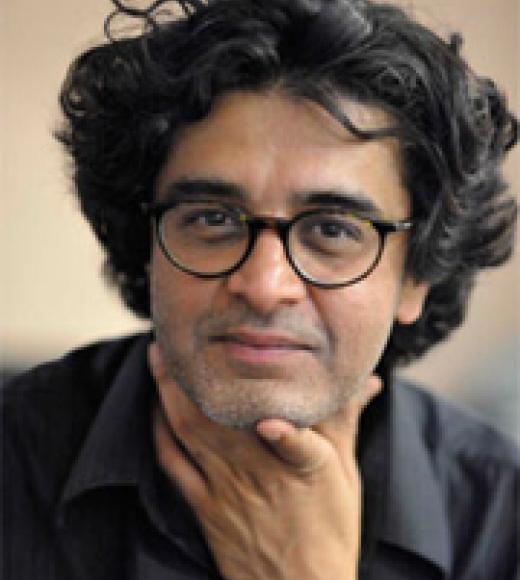
Position Title
Professor
- Biomedical Engineering
Biomolecular Materials and dynamic self-assembly. A spectacular array of molecular machineries, consisting of many disparate molecular components, dynamically assemble and disassemble at the surface of a cell (and of sub-cellular compartments). They allow the cell to perform acts of controlled chemical synthesis, molecular recognition, signaling, energy transduction, transport, cell-cell communication, cell-division, growth and motility. At the molecular level, cellular surfaces are represented by a supramolecular assembly of vast number of chemically-independent molecules including phospholipids, glycolipids, membrane proteins, ion-channels, and proton pumps to name a few. This compositional complexity couples with in-plane and out-of-plane dynamics (itself spanning a broad range of length- and time-scales) to produce an astounding array of spatially and temporally distinct membrane functions. Some examples include curvature (e.g., cilia, bacterial poles, caveoli) and composition (e.g., lipid rafts and micro-domains) dependent sub-cellular organization of membrane-associated functions, and micro-environment dependent regulation of channel transport (selective ion regulators, pore formations).
From the vantage of physical sciences, this spatio-temporal mode of molecular organization challenges the traditional view that thermodynamic equilibrium conditions alone determine structure-function relations. Rather it inspires a shift in emphasis from thermodynamic to kinetic regimes, in which focus on equilibrium structures (global minima) is replaced by the one on higher-order organizational states (e.g., transitions between various local metastable states of different structures) and corresponding energy landscapes.
Within this broad framework, our current experimental effort is focused on understanding spatial organization and dynamic modulation of membrane components (e.g., lipid hydrolysis) and membrane topology (e.g., curvatures and domains) triggered by (1) specific external stimuli such as protein-binding, enzymatic action, detergent interactions, and oxidative stress; (2) gradients in environmental conditions including pH, salts, and local hydration; and (3) intermembrane interactions such as occurs during viral fusion and endocytosis. Our model systems span the range from molecularly-tailored membrane configurations (e.g., vesicles, reconstituted lipoproteins, and supported membranes) to whole cells and measurement assays span quantitative applications of optical, fluorescence, and infrared microscopy and spectroscopy based methods.
Synthetic (Reconstitutive) Chemical Biology. A new thrust in our laboratory is aimed at contributing to (1) the development of physical science based understanding of the physical-chemical origins of cellular complexity and (2) exploiting this understanding toward designing synthetic proto-cells endowed with and optimized for specific functions. Our current emphases for fundamental biophysical/biochemical investigations include exploring physical-chemical means for reconstituting compartmentalization and self-reproduction into synthetic lipid vesicles and understanding their consequences on reaction-diffusion chemistries within vesicular confinements. Toward engineered material systems, we are focused on reconstituting vesicle-, supported membrane-, and lipoprotein-based protocell configurations for targeted deliver of cargo and for devising vectors for antipathogenic applications.
